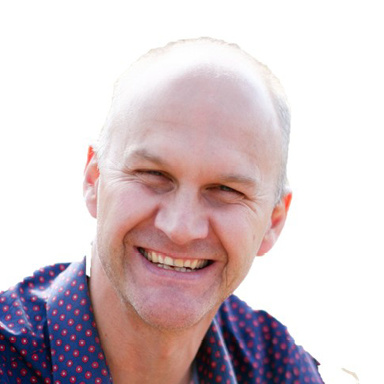Tackling back pain without surgery
There are numerous causes of back pain and in most cases your doctor may recommend non-surgical treatment options. A Mediclinic expert explains more.
When a patient experiences back pain, their doctor needs to differentiate between a relatively common mechanical type of pain and pain that is associated with a pathology, such as an infection, fracture or cancer, says Dr Phillip van Sittert, an orthopaedic surgeon at Mediclinic Welkom.
“If there is a specific, treatable condition, the back pain will take second place to the pathology, which will need to be treated first,” he explains. “If a pathological cause can be eliminated, the cause of the back pain is mechanical, which is what most patients with back pain have, and the treatment regime can begin.”
The impact of weight gain, inactivity, and smoking
Dr van Sittert says he’s observed a general increase in orthopaedic patients with mechanical back pain. “But mechanical back pain is no longer age-related; it’s related to weight and inactivity. Most of my patients are aged between 30 and 50 years.”
Another sub-set of patients are smokers, who are also prone to chronic back pain.
“Smoking diminishes blood flow, so any pathology that needs blood flow to recover, like a wound or bone fracture, will heal more slowly if you smoke. Also, if you have a problem in your back, it won’t heal well if you smoke because you’re impairing the blood flow to that area.” Patients don’t like to be told to stop smoking, he adds, but it makes a significant difference to back problems.
Healthy lifestyle, healthy back
For mechanical lower-back pain, there are many non-surgical treatment options and preventative methods that have been proven to be effective over time. Dr Van Sittert advises patients to not overload their back, maintain a healthy weight, avoid sitting for too long, quit smoking, and be moderately active.
An effective long-term non-surgical treatment is engaging in at least 30 minutes of moderate, age-appropriate exercise each day. “I encourage my patients to commit to regular moderate exercise for life. However, many prefer to shift the responsibility and rely on medication or physical therapy instead,” he says.
Conservative spinal treatments
Pain medication is an option when managed together with your healthcare professional’s guidance, and sometimes physiotherapy may be required to help bring relief.
Other non-surgical interventions include a block of the facet nerves (connections between the bones of your spine) using a radio frequency, says Dr Van Sittert. A caudal epidural is another option, especially if the lower-back pain is associated with leg pain. This involves an injection at the base of the spine near the tailbone.
Mind and body
Back and abdominal pain often links to emotions like anxiety, which triggers physical spasms, says Dr Van Sittert. He explains that muscles cause most back pain, not the bones, discs, joints or ligaments. “If you can manage the muscle spasm, the treatment will be easier.”
This is why many people might be surprised to learn that cognitive behavioural therapy (CBT) works as an effective long-term treatment for mechanical back pain. “CBT, conducted by a psychologist, has been shown to have a remarkable effect on treating back pain,” Dr Van Sittert adds.
Taking care of your back requires a whole-person approach. From maintaining a healthy weight and staying active to managing stress and quitting smoking, most back pain can be effectively treated without surgery. If you’re experiencing persistent back pain, consult your doctor, who can recommend the right treatment plan for your specific needs.
Spinal surgery: a last resort
Spinal surgery, in the form of a disc replacement or spinal fusion, is only considered when all options have been exhausted, Dr Van Sittert advises. “Very rarely would I offer surgery for plain mechanical back pain. It’s been shown not to be very effective compared to the conservative spinal treatment options we have.”
In most cases, back pain can be managed effectively with non-surgical methods. A conservative approach not only avoids the risks of surgery but also empowers you to take charge of your long-term health through movement, lifestyle changes, and mindful care. With the right support, relief is possible.
To find an orthopaedic surgeon near you, go to www.mediclinic.co.za


